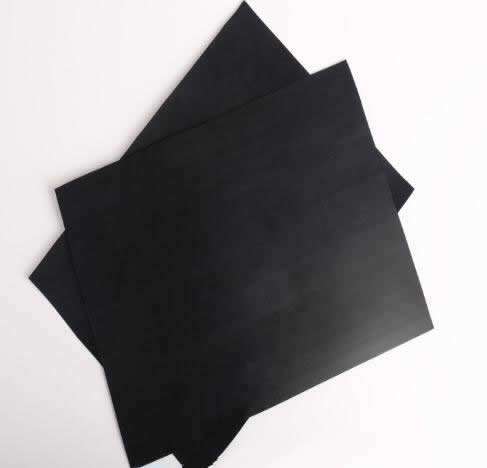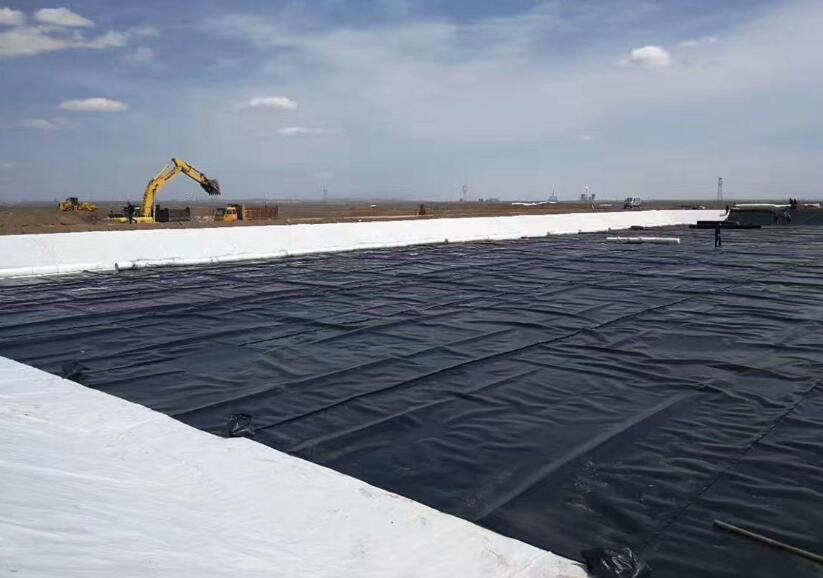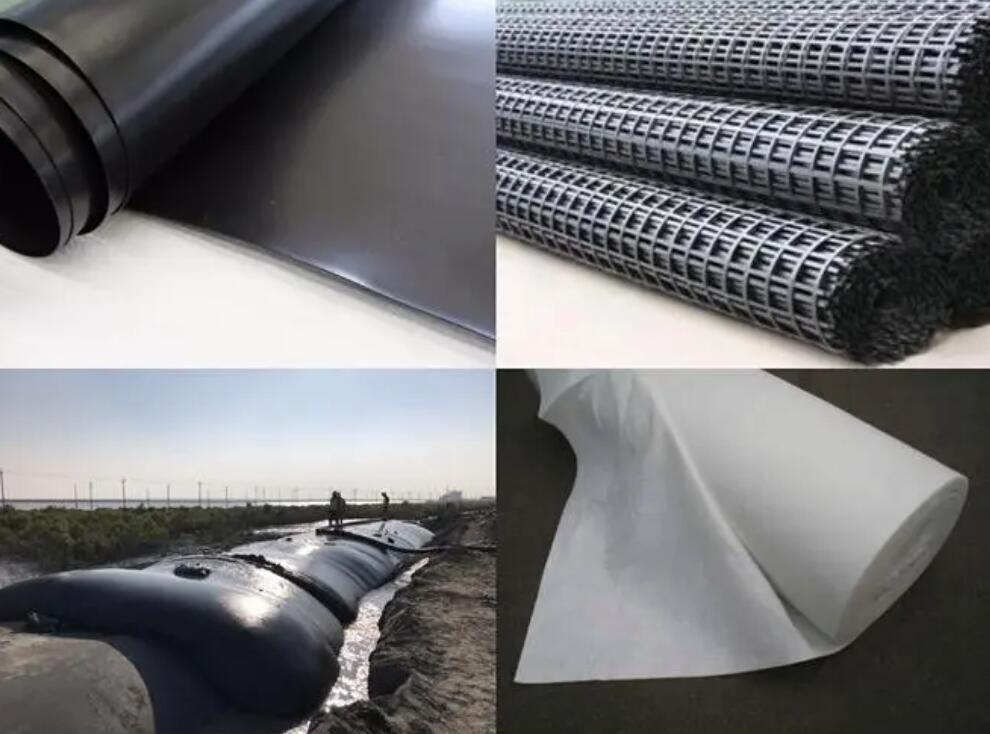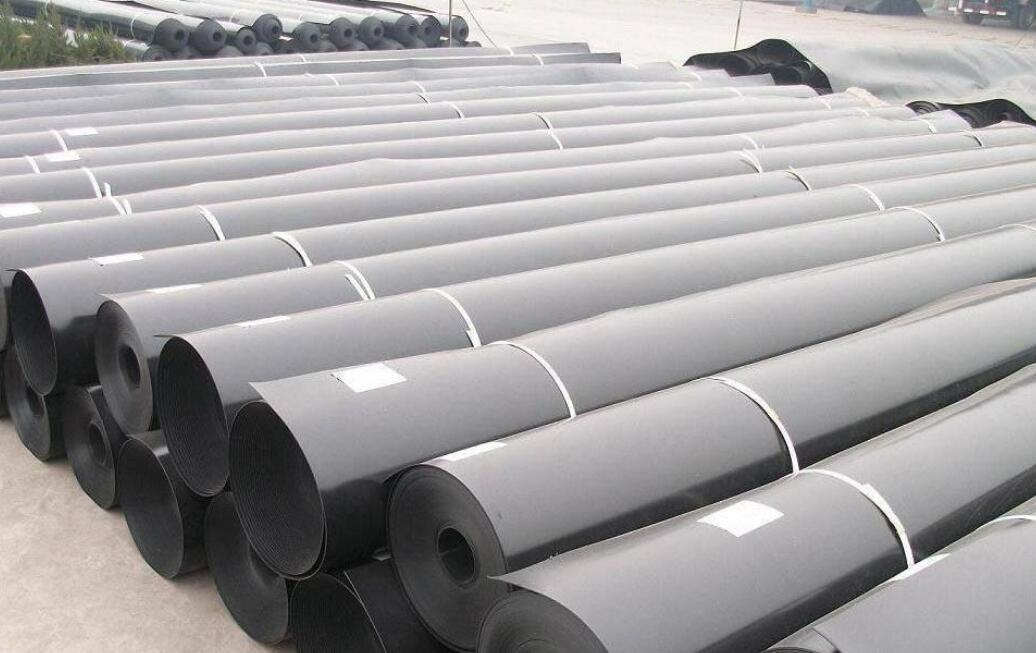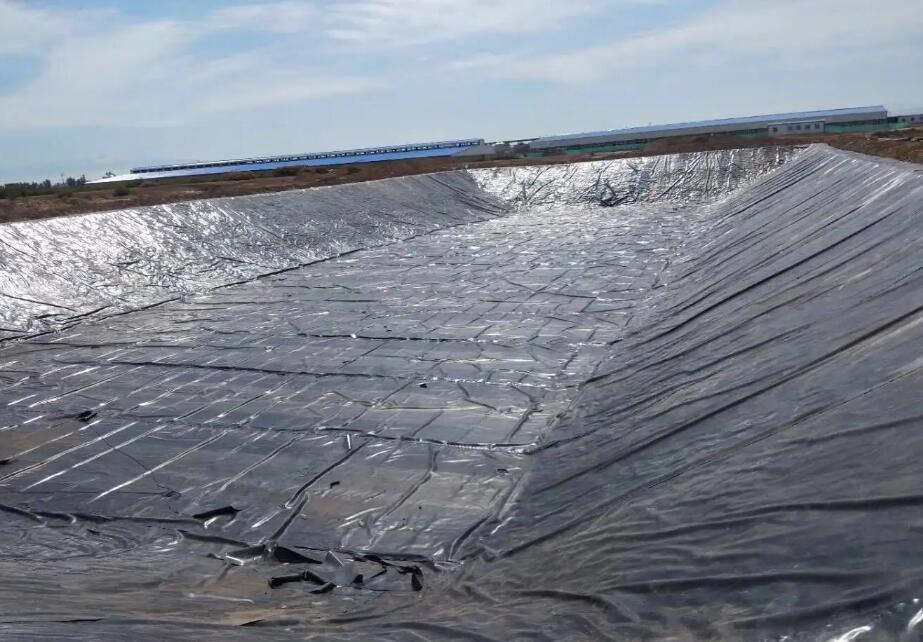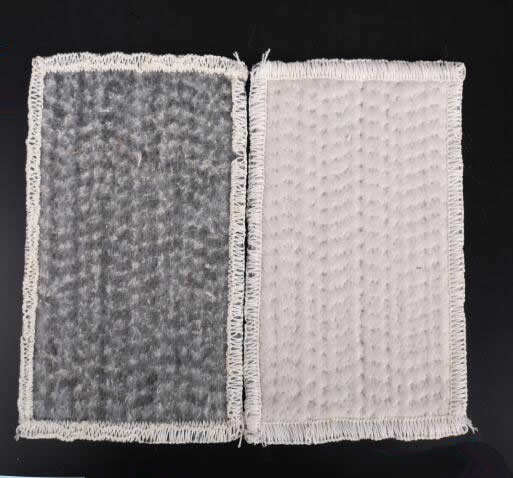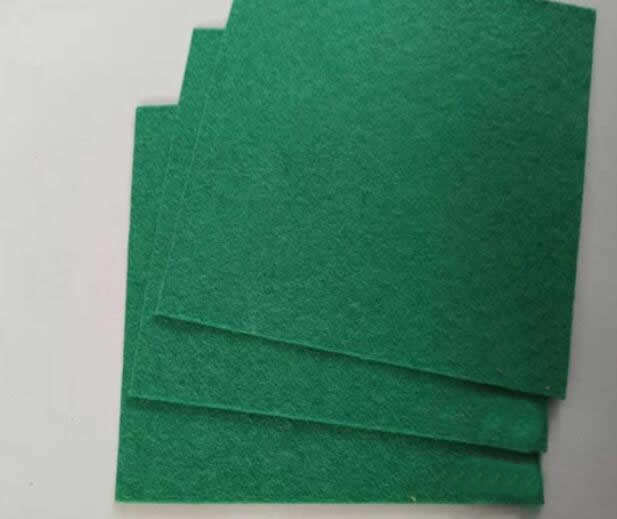- Understanding the Role of Geomembrane Liners in Waste Management
- Innovations in Geomembrane Liners for Water Management
- Geomembrane Liners: A Comprehensive Guide
- The Future of Geomembrane Liners in Civil Engineering
- Geomembrane Liners: Enhancing Landfill Stability
Manager:
WhatsApp:+86 177 0135 2670
Tel:+86 177 0135 2670
Email:marketing@okorder.com
Address:3rd Floor, No.2 Building, No.1 Sanlihe Road
HDPE Geomembrane
Product Categorie:Geomembranes
Product number:N173
Product Color:Optional
Product Sources:Suppliers & Manufacturers
HDPE geomembrane is a waterproof barrier material produced from (medium) high-density polyethylene resin. (Geomembrane with a density of 0.94g/cm3 or above). hdpe Geomembrane is also called high-density polyethylene film and HDPE anti-seepage membrane. HDPE geomembrane is a plastic roll made of HDPE. HDPE is a highly crystalline, non-polar thermoplastic resin.
The appearance of original HDPE is milky white, and it is translucent to a certain extent in thin sections. PE has excellent resistance to most domestic and industrial chemicals. Certain types of chemicals can cause chemical corrosion, such as corrosive oxidizers (concentrated nitric acid), aromatic hydrocarbons (xylene) and halogenated hydrocarbons (carbon tetrachloride).
Physical properties of HDPE geomembrane
1. Excellent chemical resistance (corrosion resistance);
2. Outstanding stress cracking resistance (environmental stress cracking resistance);
3. Lowest permeability;
4. Excellent UV resistance;
5. Stable low-temperature embrittlement resistance;
Performance characteristics of HDPE geomembrane
1. HDPE geomembrane is a flexible waterproof material with a high anti-seepage coefficient (1×10-17 cm/s);
2. HDPE geomembrane has good heat resistance and cold resistance, and its operating environment temperature is high temperature 110℃ and low temperature -70℃;
3. HDPE geomembrane has good chemical stability and can resist the corrosion of strong acids, alkali and oil. It is a good anti-corrosion material;
4. HDPE geomembrane has high tensile strength, making it capable of meeting the needs of high-standard engineering projects;
5. HDPE geomembrane has strong weather resistance and anti-aging properties, and can be used exposed for a long time while maintaining its original performance;
6. The overall performance of HDPE geomembrane. HDPE geomembrane has strong tensile strength and elongation at break, allowing HDPE geomembrane to be used in various harsh geological and climatic conditions. Strong adaptability to uneven geological settlement!
7. HDPE geomembrane uses high-quality virgin plastic and carbon black particles without any preservatives. HDPE has been used to replace PVC as the raw material for food packaging bags and plastic wrap.
Construction method of HDPE geomembrane
Composite geomembrane is a geotextile attached to one or both sides of the film to form a composite geomembrane. Its forms include one cloth and one film, two cloths and one film, two films and one cloth, etc.
Geotextile serves as the protective layer of the geomembrane to protect the anti-seepage layer from damage. In order to reduce ultraviolet radiation and increase anti-aging properties, it is best to use the buried method for laying.
During construction, first use sand or clay with a smaller diameter to level the base surface, and then lay the geomembrane. The geomembrane should not be stretched too tightly. The parts buried in the soil at both ends will be corrugated. Finally, use fine sand or clay to spread a layer of about 10cm over the geomembrane. Lay 20-30cm stones (or concrete prefabricated blocks) as an anti-collision protective layer. During construction, efforts should be made to avoid stones hitting the geomembrane directly. It is best to construct the protective layer while laying the membrane. The connection between the composite geomembrane and surrounding structures should be anchored using expansion bolts and steel plate battens. The connection parts should be coated with emulsified asphalt (thickness 2mm) for bonding to prevent leakage there.
The joint treatment of composite geomembrane is a key process, which directly affects the anti-seepage effect. General seam methods include: ① Overlap: The overlap width should be greater than 15cm; ② Heat welding: It is suitable for slightly thicker geomembrane base materials, and the weld overlap width should not be less than 5CM. (Gluing is not recommended, and long-term water immersion is not recommended. Easy to open glue, poor anti-seepage effect.)
According to years of practice, the thickness of the geomembrane should not be less than 0.25mm. If it is too thin, it may produce pores and be easily damaged during construction, thus reducing the anti-seepage effect. During the construction of geomembrane, special attention should be paid to ensuring that the laying should not be too tight, should not be wrinkled, and the splicing should be firm. Construction must be carried out in strict accordance with technical specifications, and quality control must be maintained in the five stages of preparation, laying, splicing, inspection and backfilling.
1. It should be extended from the bottom to the high position. Do not pull it too tightly. There should be a margin of 1.50% to prepare for local sinking and stretching. Taking into account the actual conditions of this project, the slopes are laid in order from top to bottom;
2. The longitudinal joints of two adjacent panels should not be on a horizontal line, but should be staggered by more than 1m from each other;
3. The longitudinal joint should be more than 1.50m away from the dam foot and bent foot, and should be located on a flat surface;
4. Go to the slope first and then to the bottom;
5. When laying on the slope, the direction of the film expansion should be basically parallel to the maximum slope line.
Climatic requirements for HDPE geomembrane
1. It should be extended from the bottom to the high position. Do not pull it too tightly. There should be a margin of 1.50% to prepare for local sinking and stretching. Taking into account the actual conditions of this project, the slopes are laid in order from top to bottom;
2. The longitudinal joints of two adjacent panels should not be on a horizontal line, but should be staggered by more than 1m from each other;
3. The longitudinal joint should be more than 1.50m away from the dam foot and bent foot, and should be located on a flat surface;
4. Go to the slope first and then to the bottom;
5. When laying on the slope, the direction of the film expansion should be basically parallel to the maximum slope line.
Features and functions of HDPE geomembrane
1. It does not contain chemical additives and is not heat treated. It is an environmentally friendly building material.
2. It has good mechanical properties, good water permeability, and can resist corrosion and aging.
3. It has strong anti-burial and anti-corrosion properties. It has a fluffy structure and good drainage performance.
4. It has good friction coefficient and tensile strength, and has geotechnical reinforcement properties.
5. It has the functions of isolation, reverse filtration, drainage, protection, stabilization, and reinforcement.
6. It can adapt to uneven base layers, resist damage caused by external construction forces, and has small creep.
7. Good overall continuity, light weight and easy construction.
8. It is a water-permeable material, so it has good filtering and isolation function, and has strong puncture resistance, so it has good protective performance.
High-quality properties of HDPE geomembrane
1. Simple construction: as long as the pond is dug and leveled accordingly, there is no need to lay a concrete cushion;
2. Fast construction: there is no solidification period required for structural concrete;
3. Resistance to foundation deformation: Because HDPE geomembrane has good fracture elongation, it can resist foundation settlement or foundation deformation;
4. Good effect: This is the biggest feature of HDPE geomembrane;
5. Recovery after use: This is the biggest feature of HDPE geomembrane. After use, as long as it is put away and the pool body is backfilled, it can be restored to its original state.
Application fields of HDPE geomembrane
1. HDPE geomembrane is suitable for environmental protection and sanitation: such as landfills, sewage treatment plants, power plant regulating pools, industrial, hospital solid waste, etc.;
2. HDPE geomembrane is suitable for water conservancy projects: such as anti-seepage, plugging and reinforcement of rivers, lakes and reservoirs, anti-seepage of water channels, vertical core walls, slope protection, etc.;
3. HDPE geomembrane is used in municipal projects: subways, building underground projects, planting roofs, roof gardens, and sewage pipe anti-seepage;
4. Polyethylene anti-seepage membrane is suitable for gardens: artificial lakes, rivers, reservoirs, golf course pond bottoms, slope protection, green lawns, etc.;
5. High-density polyethylene geomembrane is suitable for petrochemical: chemical plants, refineries, oil storage tank anti-seepage, chemical reaction tanks, sedimentation tank linings, secondary linings, etc.;
6. Polyethylene geomembrane is suitable for mining: washing tanks, heap leach tanks, ash dumps, dissolving tanks, sedimentation tanks, stockpiles, tailings bottom lining anti-seepage, etc.;
7. Low-density polyethylene film is suitable for transportation facilities: foundation reinforcement of highways and anti-seepage of culverts;
8. HDPE geomembrane is suitable for agriculture: reservoirs, drinking water pools, water storage ponds, waste residue treatment sites, and irrigation system anti-seepage;
9. HDPE geomembrane is suitable for aquaculture industry: intensive and factory farming ponds, fish ponds, shrimp pond linings, sea cucumber circle slope protection, etc.;
10. HDPE geomembrane is suitable for salt industry: salt field crystallization pond, brine pond thatch cover, salt film, salt pond plastic thatch film.
Application scope of HDPE geomembrane
Anti-seepage in special environments such as landfills, sewage treatment plants, power plant tailings treatment, chemical plants, fertilizer plants, sugar factory sewage tailings treatment, non-ferrous metallurgy, sulfuric acid ponds, tailings treatment, subways, basements, tunnels, roof linings and other special environments (Exclusively used); Horizontal anti-seepage laying and vertical anti-seepage laying of reservoirs, canals, and dams; Seawater, fresh water, and breeding farms anti-seepage.


